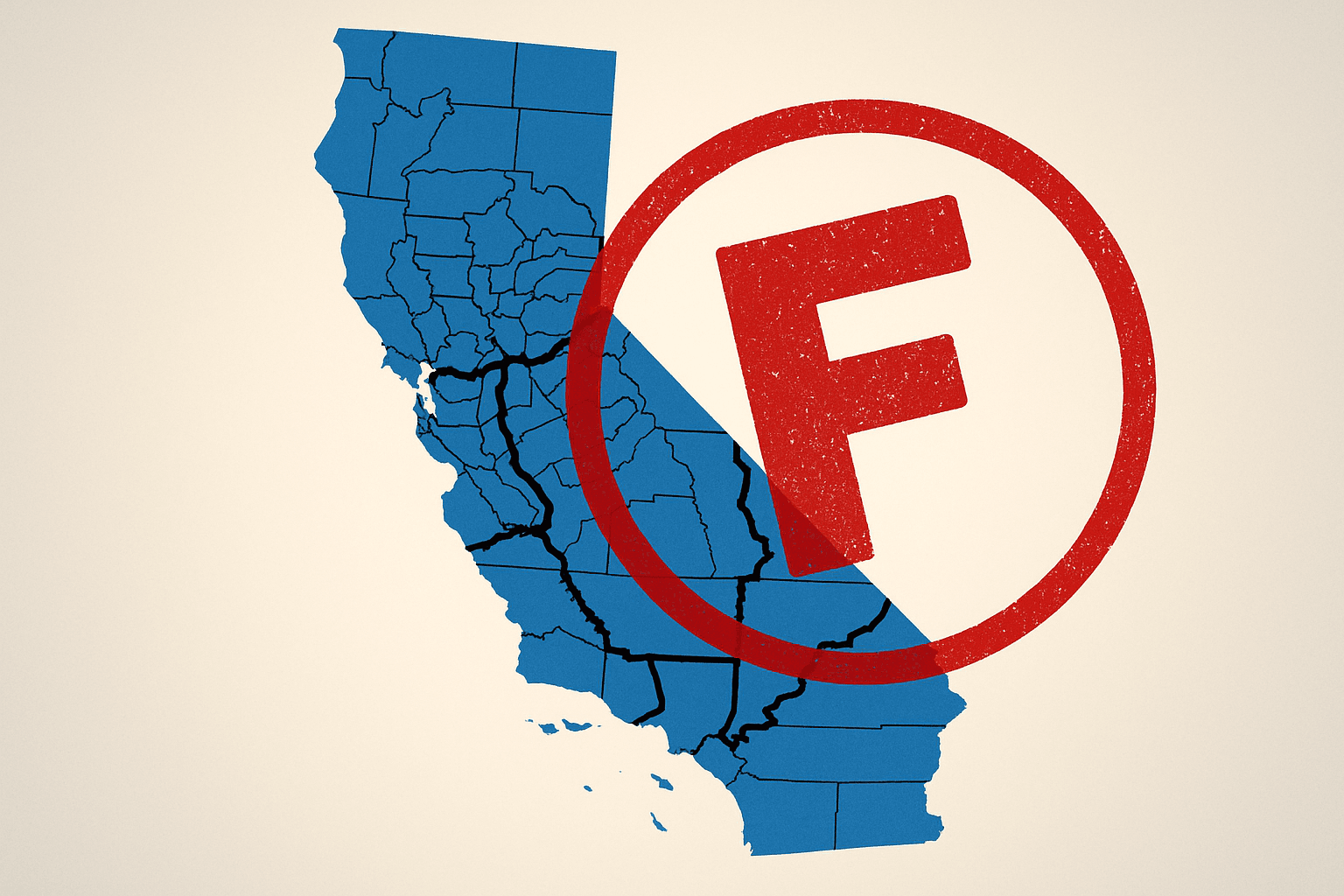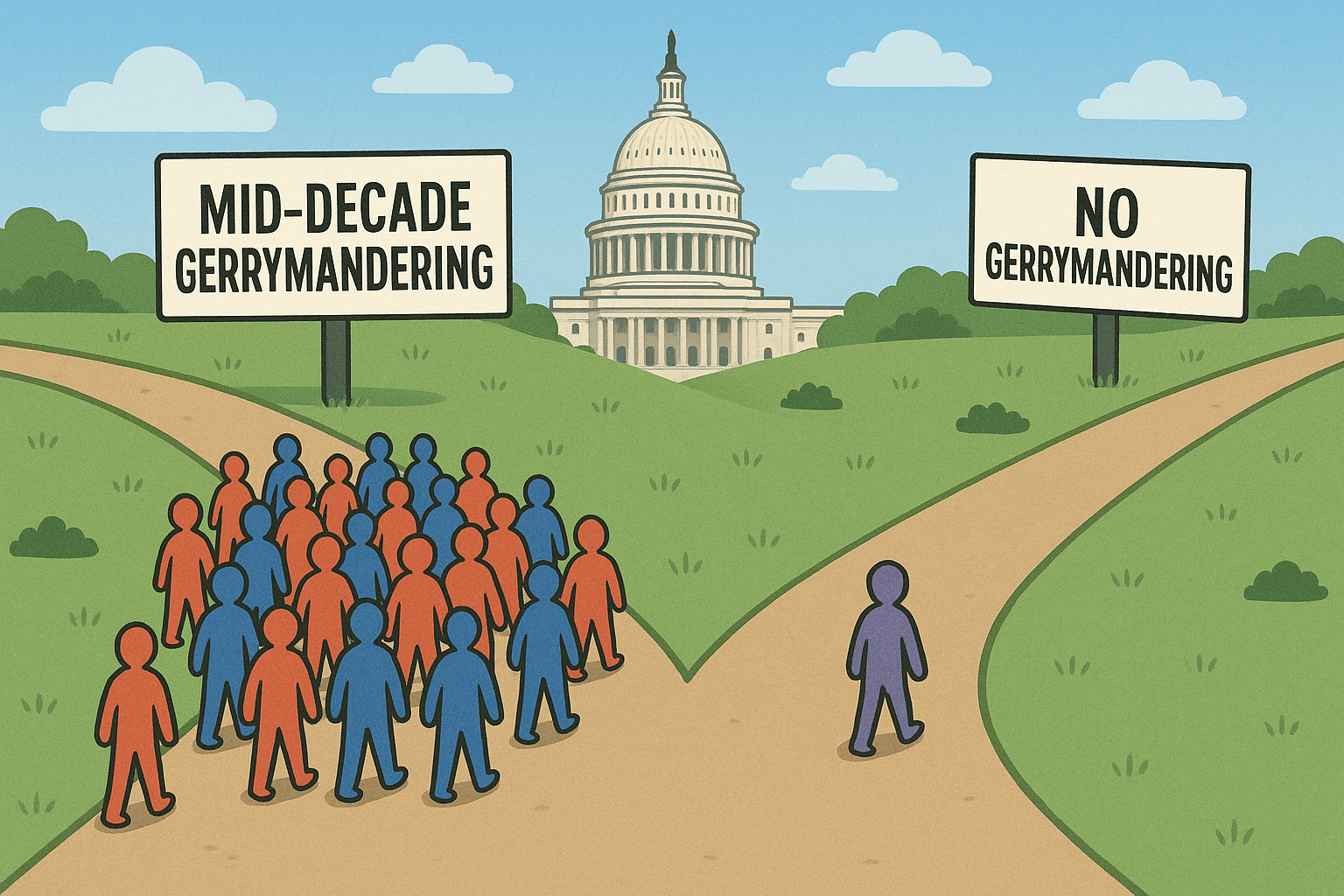7 Highlights from California Revised Budget for Education


As soon as Governor Brown released the May revision of the California 2013-2014 budget, analysts and experts were all over it. With regards to education funding, much of what had to be said about the budget has already been said. In case anything was missed, here are seven highlights concerning the state's classrooms from the May revise.
1. Brown's K-12 funding formula remains unchanged at its core
The local control funding formula (LCFF) remained the same as far as how state funding will be delegated to school districts. LCFF emphasizes extra funding for districts with higher numbers of disadvantaged (low-income, English-learning) students. Brown is relentless in his support for the formula, despite concerns from opposition and Senate Democrats who say it creates funding inequities.
(Details on the local control funding formula can be found here.)
2. Modified accountability measures and overall funding increased
Minor changes in the May revise contain an extra $240 million to implement LCFF in its first year and increase accountability measures. In a media call following the budget announcement, Karen Stapf Walters, executive director of the State Board of Education, said:
"We've set up a process to keep accountability as local as possible. County Superintendents will be asked to review those plans to make sure the plans reflect what's actually happening on the local level."
County superintendents can also call for a third party to conduct a program review if issues with plans are not resolved. This can be taken up to the state superintendent, but only in rare situations.
3. Senate Bill 69 must still be considered
Senate Bill 69 wants to do away with concentration grants and use that money to raise base grant levels. However, concentration grants would only make up 4 percent of overall K-12 funding. Brown has stated that the Senate proposal would spread those resources too thin.
When asked how these differences can be reconciled, Director Walters responded, "time will tell."
4. Brown endorses Common Core with a $1 billion push
New to the May revise is a $1 billion investment for school districts to improve the implementation of Common Core State Standards. This equates to about $170 extra per-student. Walters explained what districts can actually do with the money:
"It goes out very flexibly to school districts for anything around Common Core whether it's professional development, technology needs, instructional materials. We think it's a very good beginning down the right track."
It was also stated that accountability measures for Common Core funds will be similar to the measures used for LCFF.
5. Better days ahead for Community Colleges
The California Community College system has a $226.9 million increase in funding over the initial budget proposal. The increased funding is allocated for the following:
1) $87.5 million for a cost of living adjustment; 2) $89.4 million available for general apportionment growth; 3) $50 million for additional student support services including orientation, assessments, counseling, advising, and educational planning
The $50 million for matriculation was included to address the recommendations of the Student Success Act of 2012.
6. K-12 deferral payments accelerated
About $2.5 billion over two years will be dedicated to accelerating the process of paying K-12 deferrals. These are payments the state needs to make to schools to make up for past cuts.
"Total funding over the two-year period will reduce K-12 inter-year deferrals to $4.9 billion by the end of the 2013-2014 fiscal year, representing an almost $600 million net reduction to outstanding deferrals over the two-year period."
7. Brown changes adult education plan; no mention of early childhood education
The governor revoked his plan to put $300 million into community colleges for the purpose of taking on adult education entirely. Instead, the revised budget maintains the status quo for two years and puts $50 million into planning better partnerships between community colleges and school districts. About $500 million in total will be put into adult education by 2015-2016.
Much like the initial budget proposal, there are no mentions of early childhood education programs or funding coming from the state.



